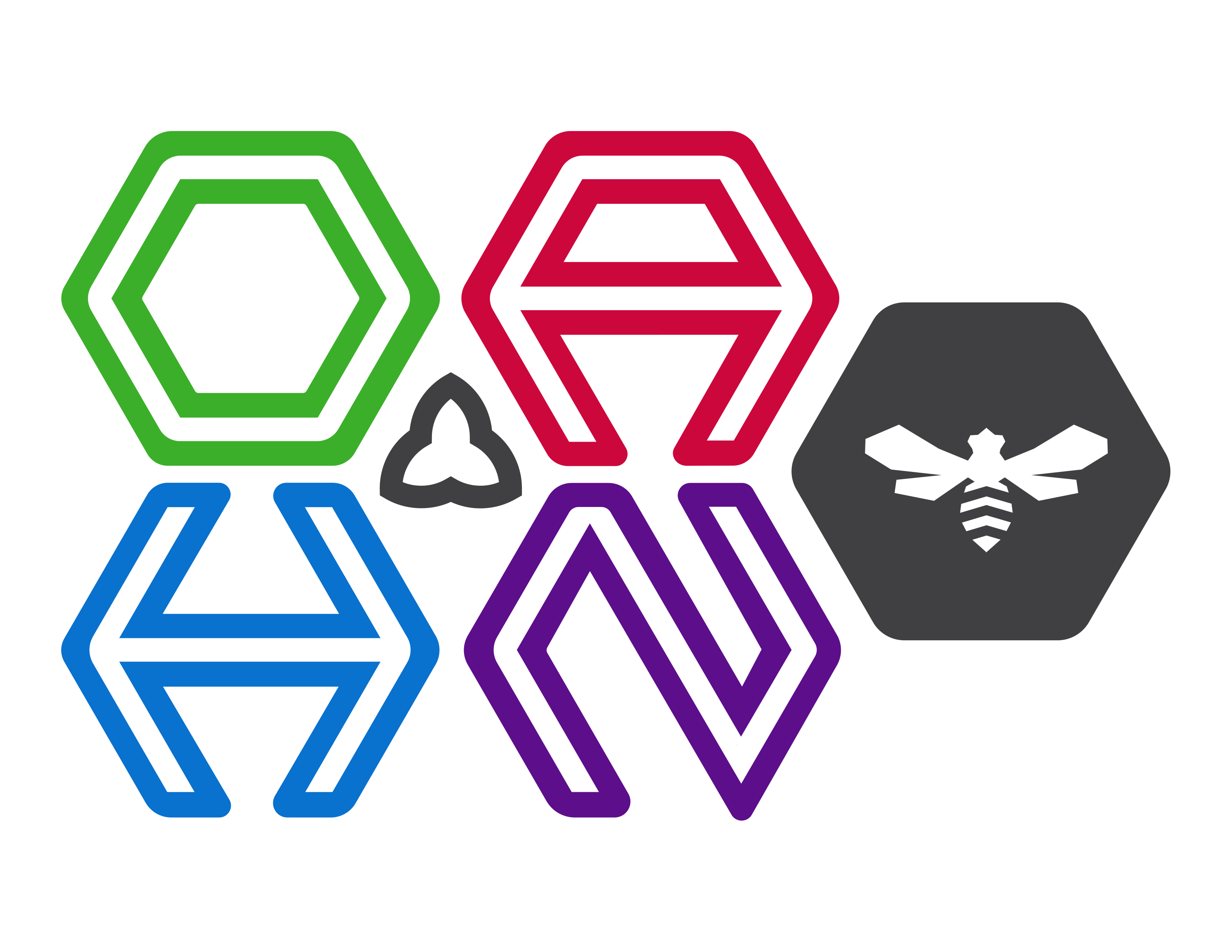OAHN Bee Network Project: Mapping the population density of managed honey bee colonies in Ontario

Project Lead: Olaf Berke, Kurtis E. Sobkowich
Collaborators: Theresa Bernardo, David Pearl, Paul Kozak
To view the full report, please click here: https://sciendo.com/article/10.2478/jas-2021-0023
Host population density as a risk factor for infectious disease transmission is an established concept in both host-parasite ecology and epidemiological disease modeling. A ‘population-at-risk’ value is a necessary denominator in epidemiological analyses to estimate absolute risk. However, local colony density values have been missing from published literature for Ontario, Canada, and crude density measures for the province do not consider the highly heterogeneous concentration of colonies in Southern Ontario. With geostatistical kriging methods, a continuous colony density map was developed from regionally aggregated apiary registration data. This study highlights the potential implications of colony population density on a macro scale and illustrates methodologies available to produce continuous density estimates over a given region with Ontario as
an example. The estimation and mapping of continuous colony density values across the population provides future work with a source of data to further investigate potential associations of colony density and disease and helps to inform inspection and
surveillance efforts. An interactive regional colony density map was also developed as a knowledge mobilization tool to increase the accessibility of these findings to members of the beekeeping community. The results of this study are an important practical step in advancing epidemiological research on managed honey bees and may lead to further development of strategies to improve the health of honey bees.

